The fight against environmental pollution and restrictions in cities have led to changes in the type of fuel used in vehicles.
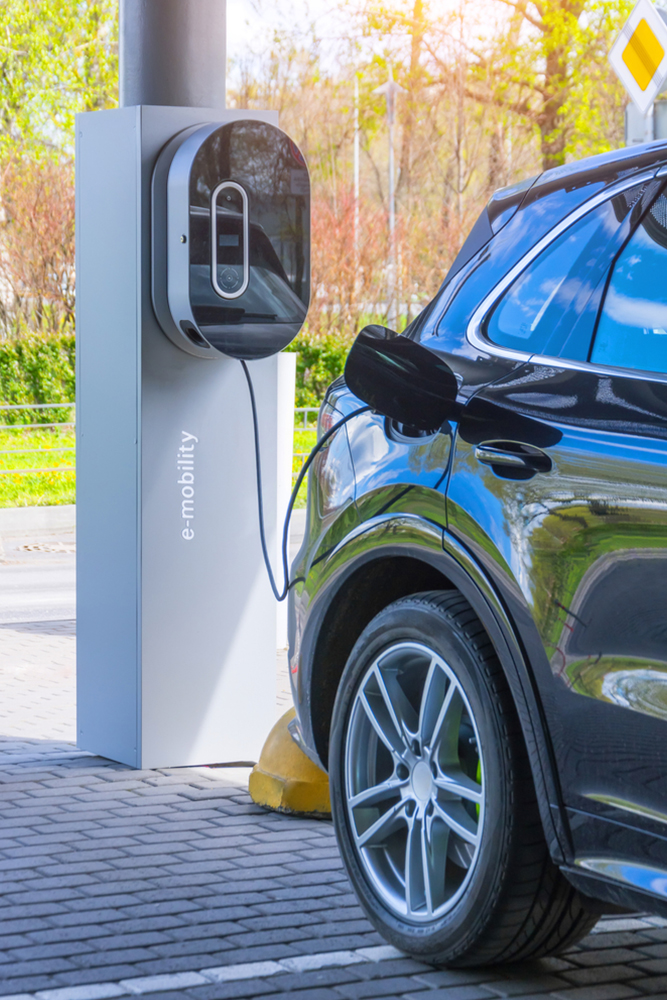
There was a time when it was diesel. This fuel, which has a denser composition than gasoline (and which, for years, was cheaper) expanded the choices of what to use to power vehicles. Later, hybrid models and purely electric ones arrived and now a new alternative is opening up: hydrogen. Each of the options has been changing the market and responds both to the user’s pocket and preferences and to different social changes.
The restrictions when using certain cars in the most central streets of the cities and concern for the environment push us to think about what kind of fuel we should use. Just a few days ago, the European Parliament prohibited the sale of internal combustion cars from 2035. This agreement left out heavy vehicles, affecting only passenger cars and vans, but also added a clause to reduce particulate emissions by half by 2030.
In this way, due to regulations, awareness, or simple adaptation to the end of fossil fuels, manufacturers have been testing new methods for vehicles to move. It started with oil in its different variants and made the leap to sustainability with the hybrid engine, where a car combines an electric motor with a combustion engine (usually gasoline). This system reduces fuel consumption and greenhouse gas and particulate emissions.
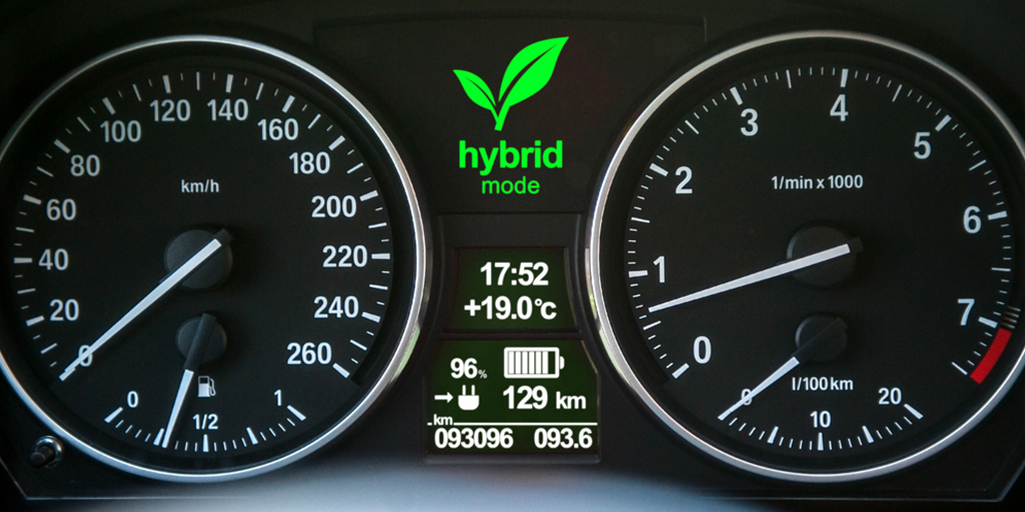
Henri Pieper developed the idea in 1899. And a year later, Ferdinand Porsche broke two speed records with a series of hybrid vehicles. However, the irruption of oil, and the subsequent mass use of engines that used it as fuel, pushed electric propulsion out of the race (some people date its birth in the 19th century, when the Scottish inventor Robert Anderson developed the first purely electric vehicle even before diesel and gasoline cars, in the 1830s). The official starting point was the success of the Toyota Prius, in 1997. This model led the way, which was copied by general brands and adopted by fleets of taxis and corporations.
This technology is divided into three main systems, according to the Royal Automobile Club of Spain (RACE). There are conventional hybrids, whose main engine is combustion and are helped by a small electric motor whose battery recharges itself through a regenerative braking system (which converts kinetic energy into electrical energy, unlike the normal system, which wastes it).
With plug-in hybrids (PHEV), the electric motor is larger and the battery has the capacity to move the vehicle on its own for a certain number of kilometers (between 30 and 60, depending on the model). They must be recharged at charging points or using private sockets.
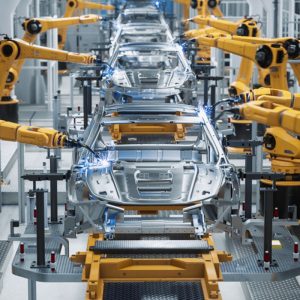
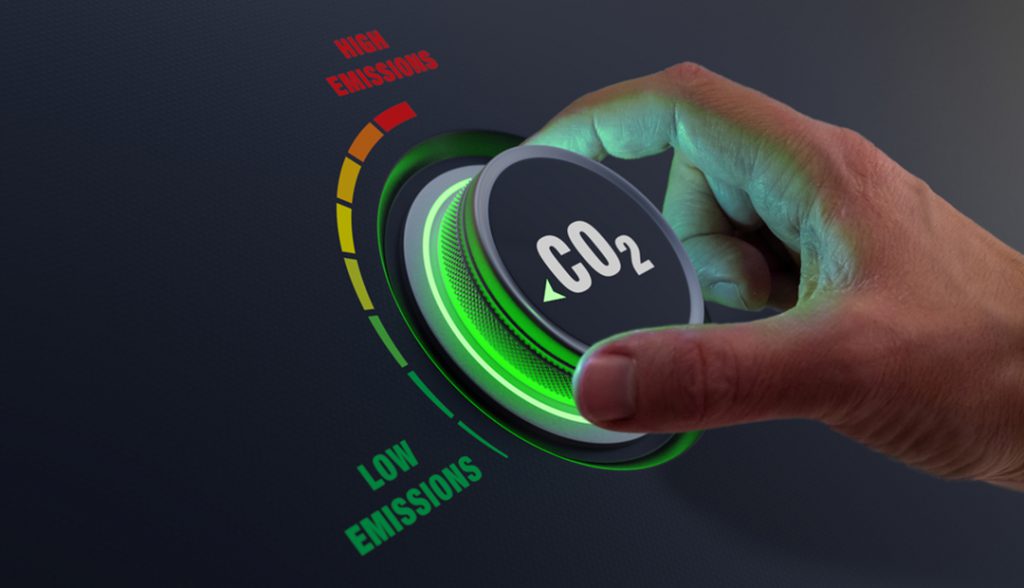
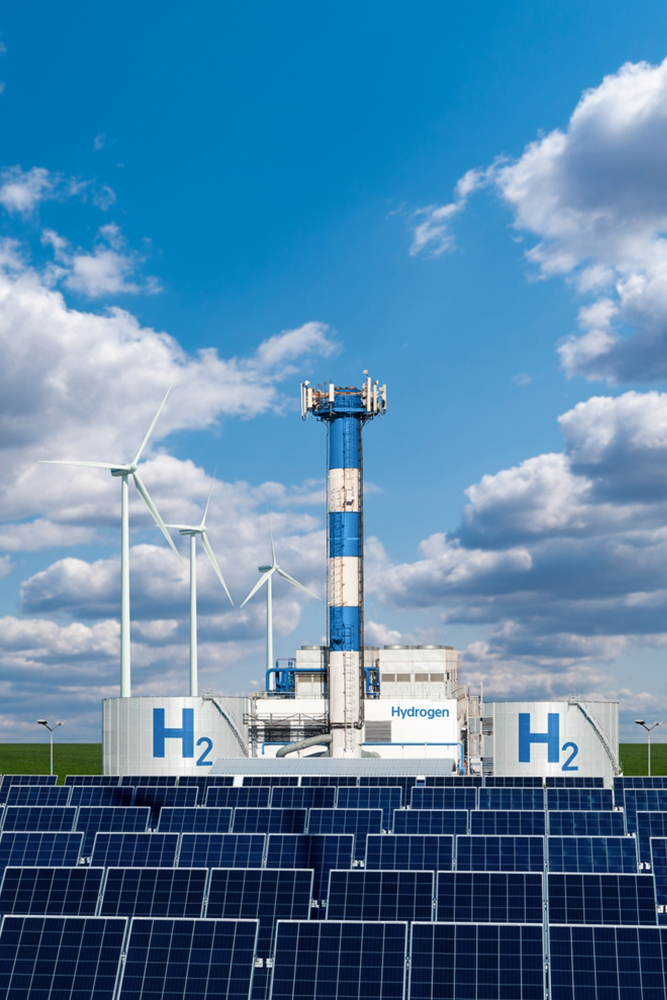
Their expansion has been remarkable. Only in Spain, for example, the registrations of electrified vehicles (electric and plug-in hybrids), non-plug-in hybrids and gas increased by 56.7% in January 2023, reaching a total of 31,095 units (of which 29,874 were passenger cars), according to the Spanish Association of Automobile and Truck Manufacturers (Anfac).
The third category, much more residual, is that of extended-range hybrids: the main engine is electric, also plug-in, but it also incorporates a small combustion engine that works like a generator to recharge the batteries and thus extend the range of the vehicle without resorting to a charging point.
And there are smaller versions, such as mild hybrids or microhybrids, which do not have the power to move the car, but incorporate a 48-volt backup electrical system that stops the battery from running out, because its batteries help turn on and off the gasoline engine, without reducing emissions too much.
Faced with these minority models, 100% electric is gaining support: it is considered “the king of cities” for its environmental advantages and autonomy over short distances, but it still has some drawbacks for long distances: although there more charging points at gas stations or rest areas, many are still not able to cover too many kilometers without planning the journey beforehand.
Despite its supposed environmental advantages, this system is in doubt. It continues to depend on electricity, which has its own environmental footprint, and above all, it entails the manufacture and distribution of batteries using materials such as lithium or cobalt, whose waste products are highly polluting and whose mining leads to conflicts (as happens with the so-called oil wars).
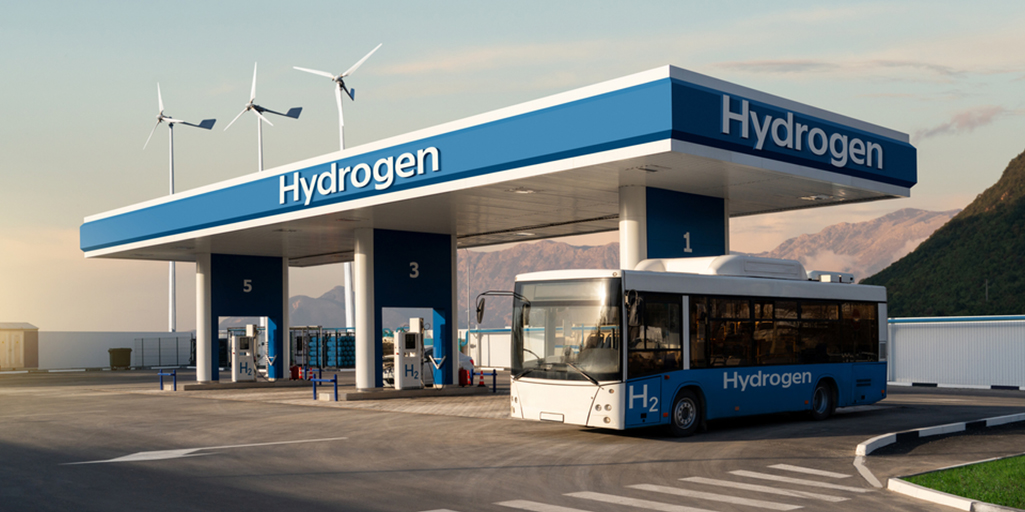
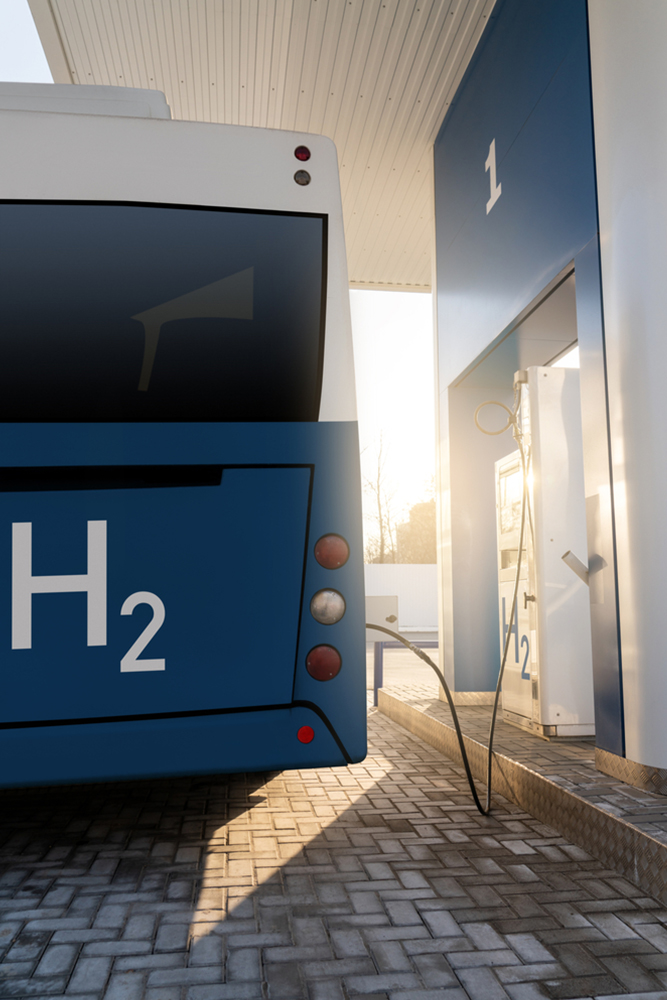
The solution is not easy. And it is still difficult to think of a “zero emissions” vehicle. There is an increasingly spoken-about alternative that could fulfill that longing: hydrogen, which would fuel cars with a hydrogen fuel cell. It does not require the energy of a battery, but the one emerging from a chemical reaction that takes place inside it. Hydrogen oxidizes, losing electrons that are captured to generate an electrical current that drives the engine.
With this mechanism, only water vapor comes out of the exhaust pipe. And it would take only three to five minutes to recharge a car with a small hydrogen store and a battery, similar to refueling with gasoline. It is not very common and it is not easy to find them on a day-to-day basis, but research is being done on how to take advantage of this chemical element, the lightest and simplest that exists in the universe.
As stated by the National Hydrogen Center (CNH2) of Spain, hydrogen internal combustion vehicles are propelled by alternative combustion engines in which hydrogen or a mixture of hydrocarbons and hydrogen is used as fuel. On the other hand, those with extended autonomy are battery-powered electric vehicles that are equipped with a hydrogen storage system and fuel cell that allows the battery to be recharged, the most common.
There is an increasingly spoken-about alternative that could fulfill that longing: hydrogen, which would fuel cars with a hydrogen fuel cell
“The fuel cell is an electrochemical device, a device that takes advantage of the electrochemical reaction between hydrogen and oxygen. Oxygen from the atmosphere enters the device, reacts with hydrogen, and water, electricity, and heat are obtained. From here, the vehicle works like any other electrified vehicle,” explains Carlos Merino, chief scientist of the CNH2 Applications Unit, in an article.
The main ones use electrolytic polymer membranes. Here, energy is created in a completely clean way. The engine runs and, apart from that, they create heat and water as the only by-product. “In addition to the advantages in terms of emissions, hydrogen vehicles have refueling times and a range or autonomy similar to those of combustion vehicles,” said Merino.
The expert valued its “silent” nature and another very remarkable factor: “It does not use imported fuels, since hydrogen can be produced almost anywhere from renewable energies.” Merino is confident that it will become the cleaner alternative. There is a paradigmatic example in Japan. This country already boasts a “hydrogen highway” and aims to have 200,000 vehicles of this type on its roads by 2025 and more than 800,000 by the end of the decade (which is no easy feat, given that it only has a few thousand at present).
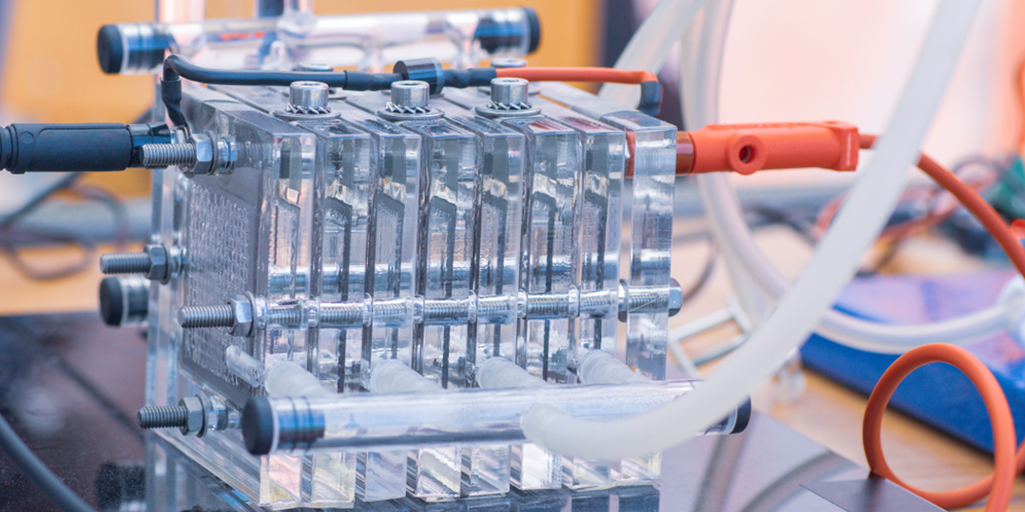
Production would be beneficial, experts agree, since it would lighten the weight of vehicles and would work for cars, trucks, buses and trains. The biggest hurdle, they argue, are refueling stations. “Hydrogen vehicle technologies have already reached the level of maturity necessary for mass deployment. Right now, the biggest challenges are advancing in regulation and expanding the refueling infrastructure,” says Merino.
While a battery vehicle allows you to recharge it using any socket, a hydrogen vehicle needs refueling infrastructures called hydrogen generators. This will be one of the pitfalls. But, in the same way that fossil fuel was adopted, new eras set the pace and progress provides the answers.